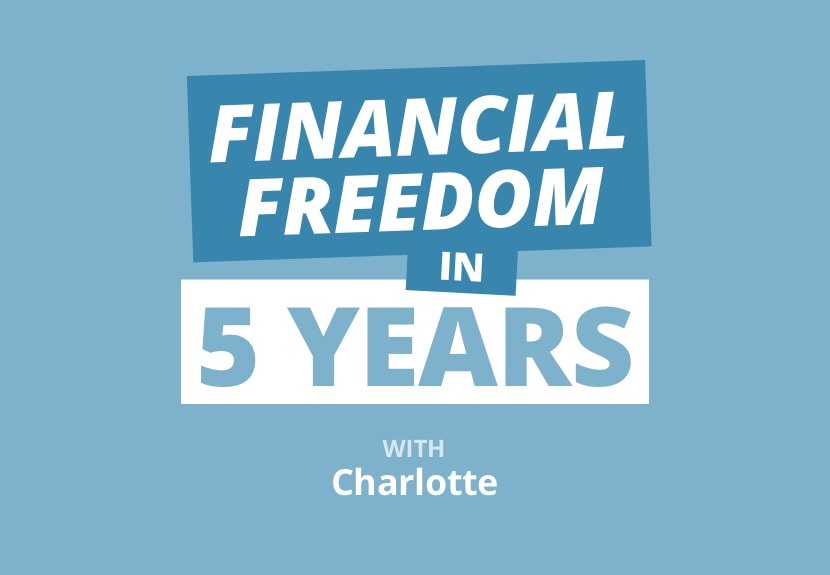[ad_1]
Arnold wasn’t naive. After the claim was settled he knew his home insurance rates would rise, but the 15% hike in his rates was far more than he anticipated. It was particularly hard given that Arnold, along with many of his neighbours, had already been subject to a recent policy-wide 7.5% rate increase the year before and a 6.5% premium increase the year before that. All told, Arnold saw his home insurance payments jump up by almost one-third in just three years. “When I shopped around, I found that rates had gone up everywhere,” he says.
Arnold and his West Coast neighbours aren’t alone. Residents in Ontario saw their home insurance rates increase by an average of 63% between 2011 and 2021, according to a recent RATESDOTCA study. In the same time frame, homeowners in Alberta had to absorb an astonishing 140% average increase to their house insurance premiums—from an average annual rate of $741 in 2011 to $1,779 in 2021. In the same study, data confirmed that the average cost of homeowner insurance increased more than three times the rate of inflation, over the last decade.
These homeowner rate increases are likely largely being driven by three significant factors: higher prices for building materials, extra costs due to supply-chain disruptions and the escalation of extreme weather and natural disasters, both local and international. (To learn more about how climate change might impact your home insurance coverage, read this.)
These extra costs result in ongoing homeowner insurance rate increases—a trend borne out in the data collected and distributed by The Insurance Bureau of Canada (IBC), the trade association that represents home, auto and business insurance companies across the nation. According to IBC data, personal property claims have more than tripled since 1996—up 213%, from $2.3 billion to almost $7.2 billion.
While the IBC concedes that rising costs for goods and services, bigger, fancier homes and aging infrastructure all play a part, the main culprit for increased claim rates and rising insurance costs is extreme weather, such as ice storms, severe cold snaps and heavy rainfall. Flooding, in particular, has caused home insurance claims to soar, with payouts due to severe weather doubling every five to 10 years since the 1980s.
“Over this past decade, the insurance industry has been paying out an average of $2 billion annually in severe weather damages,” explained Rob de Pruis, director of consumer and industry relations with the Insurance Bureau of Canada (IBC), while speaking to Global News in November 2021, shortly after the BC floods. “In the decade before, that number was just over $600 million, so we’ve seen some very significant increases.”
Recent flooding in several parts of B.C., in November 2021, will only add to the ongoing insurer costs and this will eventually be passed down to individual homeowners. According to Matic, an American online insurance agency, North American homeowners can expect an average rate increase of 4% in 2021 (or when their policy comes up for renewal). Depending on where you live, rates could double or even triple, even if you don’t make a claim. In some cases, you’ll be required to do more to protect your home from severe weather events or settle for less coverage—or none at all— especially if you live in an area that’s prone to catastrophic weather such as flash floods.
In the wake of record catastrophic weather events, bigger and more expensive homes, and aging infrastructure, insurance companies are changing their approach to home insurance. Coverage terms are constricting, sub-limits are being introduced, and deductibles are increasing even as overall rates rise incrementally year after year. But that doesn’t mean homeowners are completely at their mercy. In fact, there are a number of steps you can take to keep your rates at reasonable levels. To help, here are five proactive steps you can take to help mitigate the impact of rising costs on your home insurance premiums. (For more on lowering your home insurance costs, read this.)
[ad_2]



